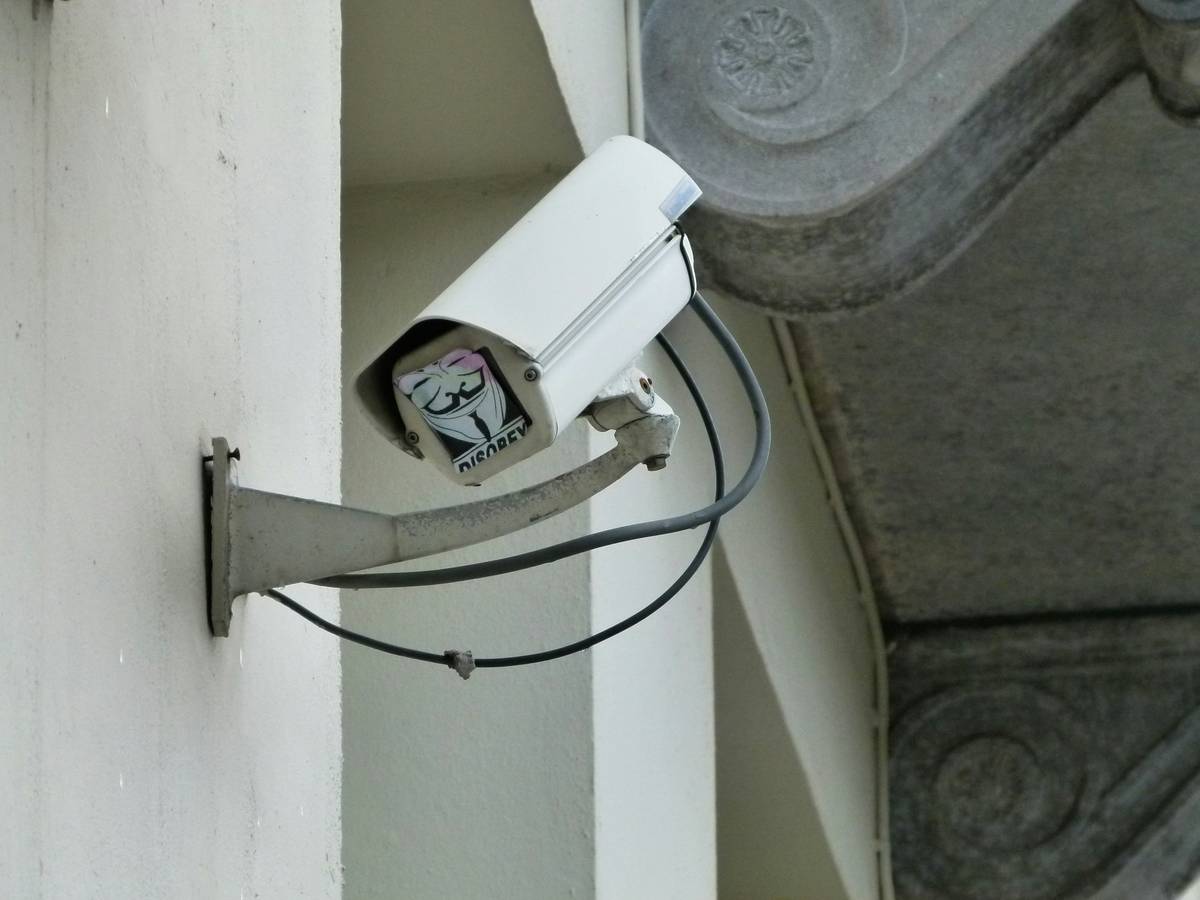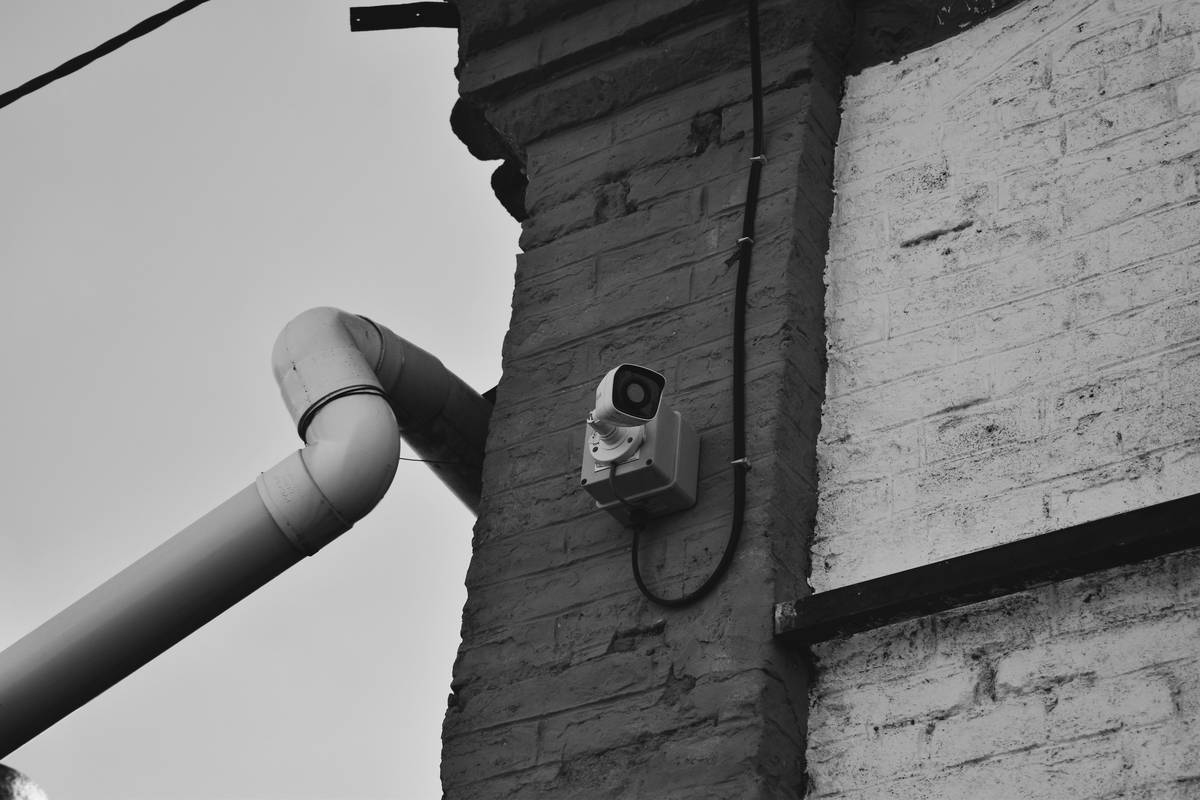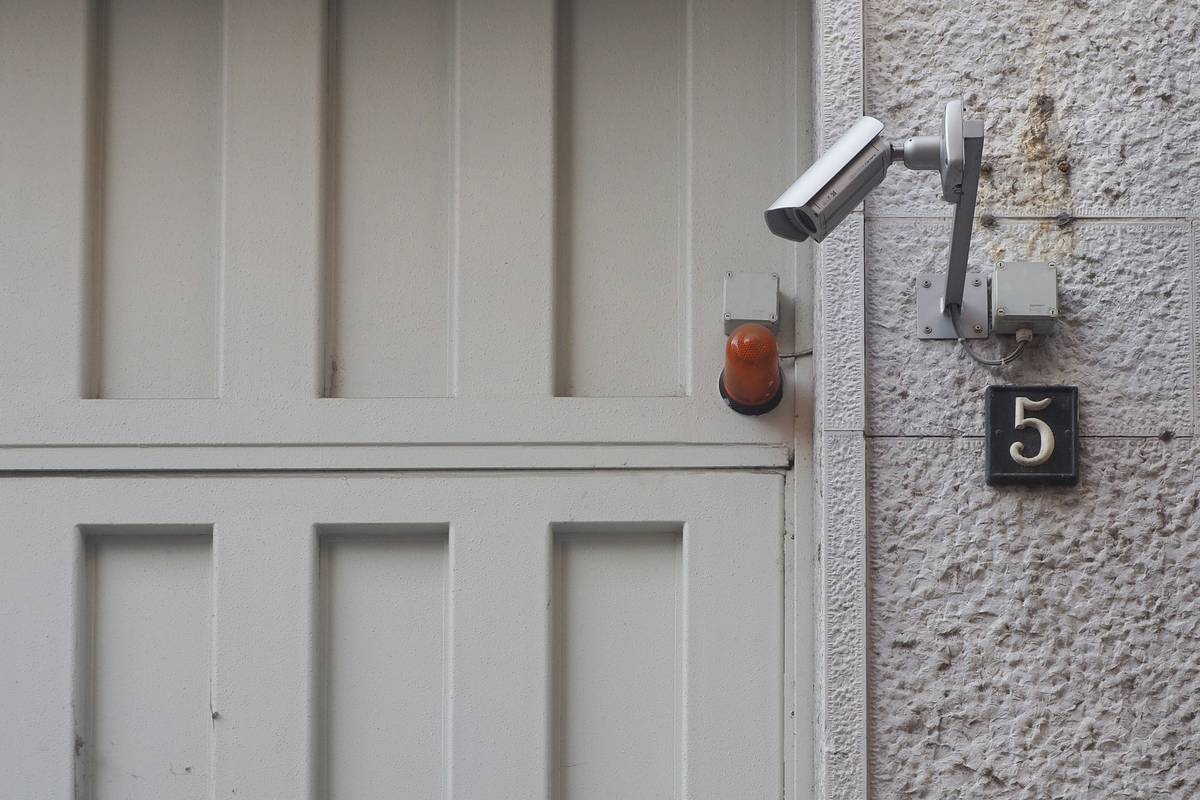Hook: Ever felt the sinking feeling of returning home only to find your front door wide open and your valuables gone? Yeah, we’ve all seen it in movies—or worse, lived it. But here’s something you may not know: 4 out of 5 burglary victims never fully recover their losses because they didn’t understand how burglary insurance works.
In this guide, you’ll learn everything about the burglary insurance process, including why it’s crucial, step-by-step instructions on filing a claim, tips for getting the most out of your policy, real-world examples, and answers to FAQs that might keep you up at night. So grab a coffee (because let’s be honest—it always helps), and let’s dive in!
Table of Contents
- Key Takeaways
- Why Burglary Insurance Matters
- The Step-by-Step Burglary Insurance Process
- Tips & Best Practices for Maximizing Coverage
- Real-World Examples of Burglary Claims
- Frequently Asked Questions About Burglary Insurance
Key Takeaways
- Burglary insurance protects against theft but doesn’t cover stolen cash unless explicitly stated.
- Filing a claim requires documentation—photos, receipts, police reports, etc.
- Premiums vary based on factors like location, security measures, and deductible amounts.
- Avoid common mistakes such as underestimating item values or submitting incomplete claims.
- Real-life examples show how proper coverage can save thousands during stressful times.
Why Burglary Insurance Matters
“I once thought my safe neighborhood meant I could skip burglary insurance,” admits Alex R., a homeowner who later lost $15,000 worth of electronics after an unexpected break-in. “Biggest mistake ever. My standard renters’ policy barely covered half the damage.” Sound familiar?
According to recent studies, burglaries occur every 25 seconds in the U.S., costing homeowners billions annually. While some rely solely on basic renters’ or homeowners’ policies, many don’t realize these often exclude high-value items like jewelry, art, or tech gadgets beyond a certain limit.

Source: FBI Crime Statistics Report
The Step-by-Step Burglary Insurance Process
Optimist You: “This sounds straightforward enough!”
Grumpy You: “Ugh, fine—but make sure you’ve got coffee ready.”
Step 1: Assess the Damage and Ensure Safety
First things first—if there’s any sign of forced entry, secure yourself and your family. Once everyone’s safe, assess what’s missing or damaged without touching anything unnecessarily; evidence matters!
Step 2: Call Law Enforcement Immediately
Contact local authorities ASAP. They’ll document the incident, which is essential for your claim. Keep the copy of their report handy.
Step 3: Notify Your Insurance Provider
Call your insurer within 24 hours of discovery. Have your policy number ready and provide details about what happened. Most companies offer online portals too, so check if yours does.
Step 4: Document Everything Thoroughly
This step separates winners from losers when it comes to claims. Snap photos of damaged property, gather receipts for stolen goods, and create an inventory list.
Step 5: Submit Your Claim Form
Fill out the claim form carefully. Attach all required documents (police report, photos, inventories). Double-check before hitting “submit”—missing info delays payouts.
Step 6: Stay Patient During Review
Your provider will review your case, possibly sending an adjuster to verify details. Cooperate fully while maintaining composure (“Chef’s kiss” patience needed).
Step 7: Receive Compensation
If approved, payment should arrive soon after finalizing the review. Remember, payouts depend on your policy terms and deductibles.

Visual guide to simplifying the burglary insurance journey.
Tips & Best Practices for Maximizing Coverage
Terrible Tip Alert: Don’t just assume your base policy covers everything. That’s how people end up regretting it.
- Raise Your Limits: Increase coverage limits for expensive belongings.
- Install Security Systems: Discounts are available for homes with alarms or cameras.
- Create Digital Inventories: Apps like Sortly help catalog your possessions digitally.
- Review Policies Annually: Make adjustments as lifestyles change.
Real-World Examples of Burglary Claims
Tiffany’s Story: After thieves emptied her garage, Tiffany submitted her meticulous inventory along with corresponding receipts. Thanks to proactive planning, she received nearly full reimbursement within weeks.
Mike’s Mistake: On the flip side, Mike assumed his generic renters’ policy would suffice. He lacked proof of ownership for pricey sound equipment, leaving him stuck covering replacement costs himself.

Tiffany learned early preparation pays off big time.
Frequently Asked Questions About Burglary Insurance
What does burglary insurance typically cover?
Most plans reimburse costs associated with stolen items, damaged property, and repairs following unauthorized access.
How long does the burglary insurance process take?
From filing to resolution, timelines range from several days to months depending on complexity.
Will I need to pay a deductible?
Yes. Deductibles offset part of the payout amount, usually ranging between $500-$2000.
Conclusion
Navigating the burglary insurance process isn’t rocket science, though it can feel overwhelming initially. By understanding its importance, following the outlined steps, implementing best practices, and learning from others’ experiences, you’re setting yourself up for success.
So next time life throws curveballs like break-ins, remember: Proper preparation plus smart policies equals peace of mind. And hey… maybe treat yo’ self to something nice after securing that perfect plan. 😉
Lost keys? Find hope. Burglars strike—but no despair. Secure tomorrow.


